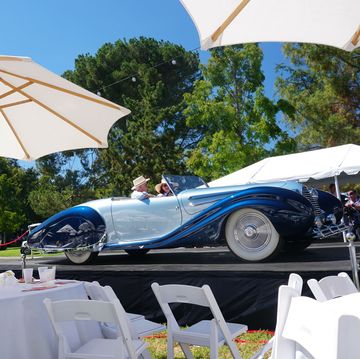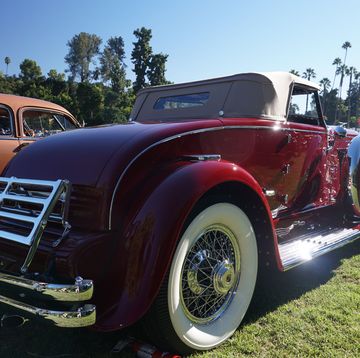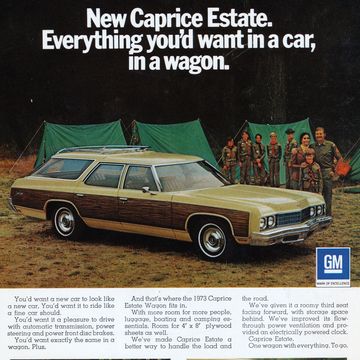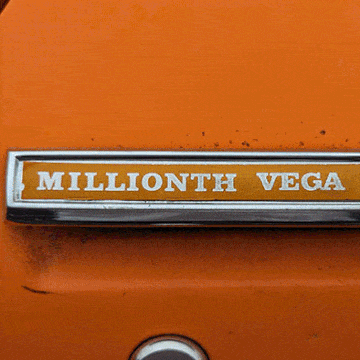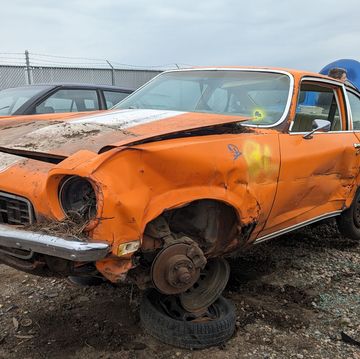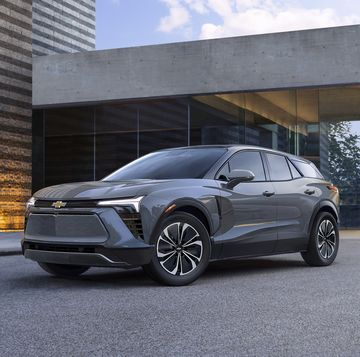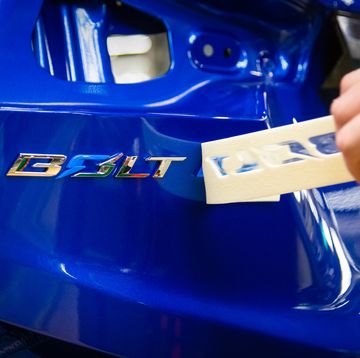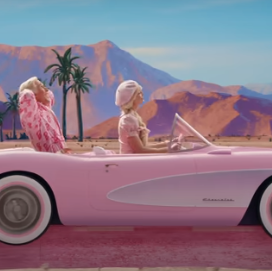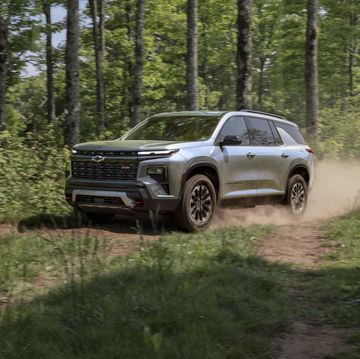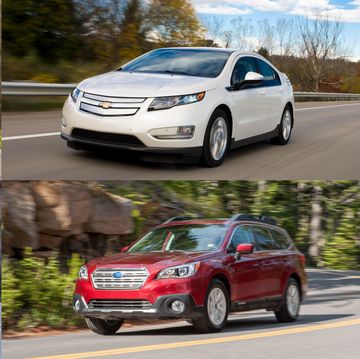- GM will offer V2H, or vehicle-to-home, bidirectional power on all its Ultium-based electric vehicles by model year 2026.
- The Silverado EV pickup truck will be first to get it when it debuts this year.
- The technology is already offered by Ford, Nissan, Mitsubishi, and Hyundai.
Electric cars run on juice provided by the electric grid, but more and more EVs are going the other way and sending electricity from their battery packs back to the home or even to the electric grid from whence the power came.
Ford has been offering it for two years on the F-150 Lightning, while Nissan’s Leaf and Mitsubishi’s Outlander PHEV offer it, but now GM has announced that it, too, will offer bidirectional charging on all its Ultium-based electric models by 2026.
Better late than never.
There are basically four types of bidirectional charging now:
- Vehicle-To-Grid, where electricity stored in an EV’s battery is sent back to the electric grid that originally supplied it, potentially keeping CON Edison or Nevada Light & Power from instituting rolling blackouts on really hot days when everyone’s using their air conditioning.
- Vehicle-To-Load, which means having a 120-volt AC electrical outlet on your car or truck into which you can plug appliances that run on electricity like a power drill, your home window-mounted air conditioner, or the laptop computer on which you’re reading this.
- Vehicle-To-Home, which is like turning your electric car’s battery into a Tesla Power Wall that charges everything in your house.
- Vehicle-To-X, meaning vehicle to everything—sort of a catch-all phrase that generally means all of the above.
The GM systems will be that third one, V2H. They will turn GM Ultium batteries into the wheeled equivalent of a Tesla Power Wall (or other fine home battery system).
“General Motors announced today that it will expand vehicle-to-home bidirectional charging technology across its retail portfolio of Ultium-based electric vehicles by model year 2026,” the company said this morning.
The General outlined which vehicles will get V2H and when:
- 2024 Chevrolet Silverado EV RST
- 2024 GMC Sierra EV Denali Edition 1
- 2024 Chevrolet Blazer EV
- 2024 Chevrolet Equinox EV
- 2024 Cadillac LYRIQ
- And the upcoming Cadillac Escalade IQ, which will be revealed on Aug. 9.
That’s a lot of electricity flowing around, but it will only be part of the electrification of General Motors.
“Building on the company’s plan to deliver a growing suite of energy management products and services through GM Energy, V2H unlocks additional value for EV drivers, who will be able to transfer energy from their vehicles to a properly equipped home when desired,” the company said. “The technology allows consumers to store and transfer energy to help offset electricity needs during peak demand days and mitigate the impact of power outages, making the transition to an all-electric future even more compelling.”
How Will This Technology Affect Battery Life?
GM customers can “leverage V2H technology on compatible GM EVs through GM Energy’s available Ultium Home offerings, and the GM Energy Cloud, a software platform which will allow users to manage the transfer of energy between applicable and connected GM Energy assets and the home,” the company said.
The Detroit automaker did not comment on how regular use of a car battery to power a home or the grid will affect battery life. Will your car’s battery die sooner if you use this new technology regularly? A casual gander at studies shows disagreement, with more saying it’s helpful to battery life than not.
A 2017 University of Hawaii study quoted in ptolomeus.com showed that “unmanaged charge and discharge patterns by V2G puts strain on the battery cell resulting in a loss of battery capacity. A British study last year found that V2G use in a battery can “…optimize the battery condition and improve its health by 8.6 to 12.3 percent over one year’s operation compared to conventional charging alone…” The key is proper battery management while the discharge is happening.
So maybe it’s win-win? Your car’s battery is either discharging electricity to your wheels or to the grid, so a discharge might just be a discharge, and it won’t be harmful if it’s managed well. Imagine the power available if all EVs had V2G, V2H, or V2L capabilities. It’d be like the entire grid had an enormous backup battery.
Does an EV’s ability to send power back to your home or the grid change your perception of battery-electric vehicles? Please comment below.


